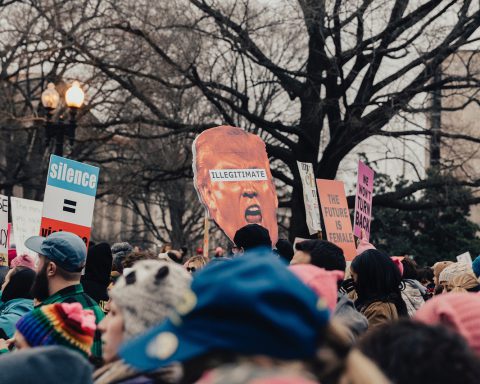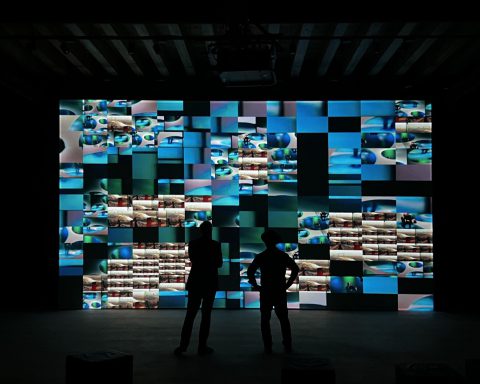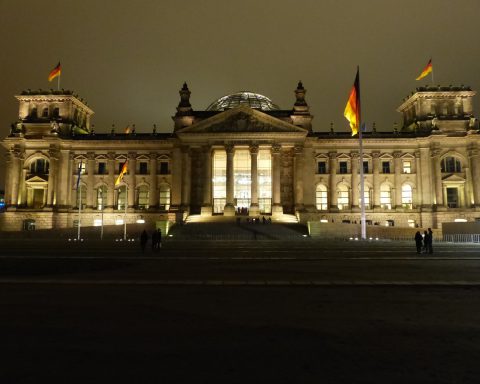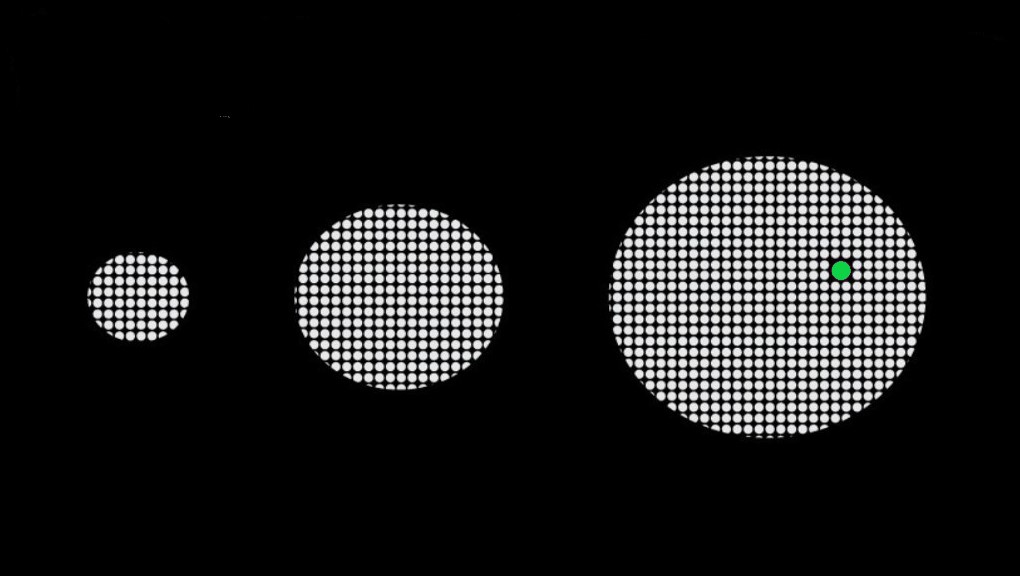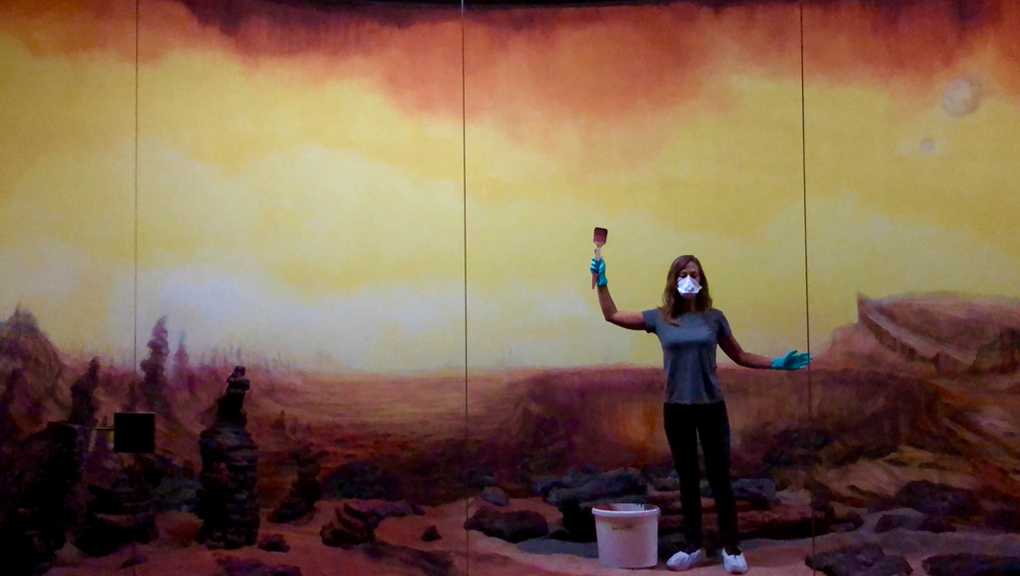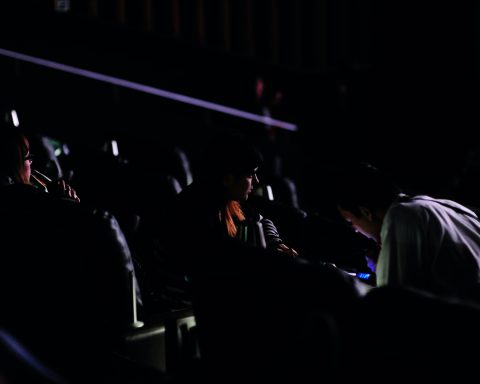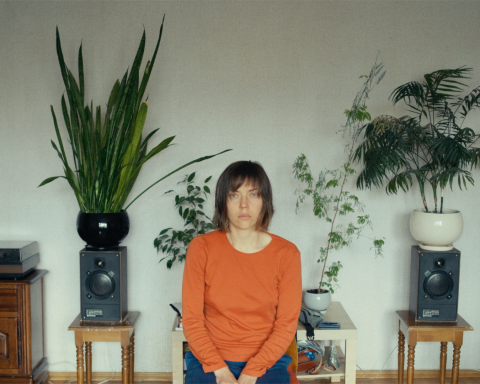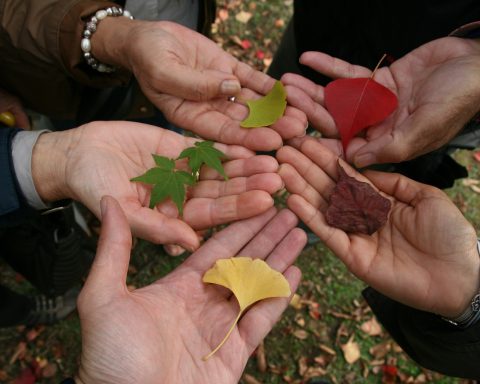For many different reasons, large and economically prosperous countries like Germany tend to become magnets for immigrants.
Growth in immigration leads to multiculturalism, and such countries becoming “nations of immigrants.” This has been the case in the United States, Canada, Brazil, France, the United Kingdom, etc. Germany is one of the latest additions to such a list – or at least it is trying to become one. But becoming a Germany of immigrants is a long and painful road.
Two documentaries shown at DOK Leipzig 2018 wonderfully portray that very difficult struggle to a Germany of immigrants.

The first one is the captivating and extremely well-researched documentary Der zweite Anschlag or “The Second Attack,” by Mala Reinhardt. It provides a holistic and victim-centered view of racist violence in Germany over the last three decades. The second one is Sorge 87, a short animated film by Thanh Nguyen Phuong that succinctly shows the less-than-smooth integration process of contract workers from Vietnam into the former GDR.
Der zweite Anschlag
For most Germans and people living in Germany for a while, the presence of Neo-Nazis and racist violence is unfortunately nothing new. This is especially true in East Germany, where attacks by Neo-Nazi groups against refugee shelters have occurred one too many times. So what can a documentary about a well-known topic bring to the fore?

Der zweite Anschlag gives creative and emotive answers to this question by showing the diversity of the victims’ backgrounds and long time-span of the attacks.

Victims of racist violence include Vietnamese contract workers – who came in the 1980s to the former GDR and have long integrated into German society – and witnessed the burning of their apartment at the Rostock-Lichtenhagen complex by Neo-Nazis in 1992. They also include Germans with Turkish ancestry who suffered attacks at the hands of the terrorist organization known as the National Socialist Underground (NSU) and other Neo-Nazi groups in the 1990s and the 2000s.
Another important angle touched by the documentary was the reaction by the German criminal justice system and civil society. It shows how the German security apparatus turned a blind eye for a long time to the connection between Neo-Nazi groups like the NSU and different deadly attacks against people, most of them German citizens or long-time residents, with non-white phenotypes.
On the bright side, the documentary shows how the families of murdered victims, and civil society in general, have come together to pressure the state not only to bring the perpetrators to justice, but for the criminal justice system to acknowledge the racist motive behind these heinous crimes. A powerful example amply covered in the documentary was the civil society-run “NSU Tribunal,” whose purpose was to raise awareness of the premeditated and interconnected nature of the crimes by such a terrorist group.
Such attempts to build awareness and historical memory are critical for societies aspiring for a peaceful multicultural society. This is of course difficult, as examples from the United States illustrate.
This film is competing for best German documentary at DOK Leipzig. I think that it definitely deserves such an accolade.
Sorge 87

This short animated documentary features interviews with two couples that witnessed the tenuous integration process of Vietnamese contract workers not just to the former GDR, but after reunification as well.
One couple consisted of contract workers who arrived from Vietnam to Saxony in the 1980s. The second one was a German couple from Saxony who attended to an apartment building hosting Vietnamese contract workers.
This documentary succinctly gives insights into the integration process of “guest workers” in the former GDR. Many people are aware of the fact that the large Turkish community, mostly in West Germany, settles here after first coming as “guest workers.” They were supposed to work in Germany for a set number of years to help with the labor shortage after the war. Unsurprisingly, though, many of them grew roots in their German communities and stayed – giving the German community bistros and great football players.

Likewise, many Vietnamese workers stayed in Germany (attracting many, many other Vietnamese migrants to come afterwards). An important difference between the Turkish and Vietnamese is that the latter group experienced the uncertain times of reunification.
The documentary shows how after the fall of the wall, Vietnamese contract workers no longer had contracts; they magically became selbständig or self-employed workers to Big Brother (a.k.a. the Ausländerbehörde or the immigration authority).
To stay in Germany, former Vietnamese contract workers had to continuously prove that they were earning enough income to get their residency permits renewed. (Sound familiar?) This would force them to take any job they could find.
Hence, this documentary illustrates the complex and painful road of these migrants to becoming part of a Germany slowing struggling to become a nation of immigrants.
No one said becoming a Germany of immigrants would be easy.
Both Der zweite Anschlag and Sorge 87 excellently show the struggle and pain suffered by immigrants and their descendants to get accepted into German society. Especially Der zweite Anschlag extensively recounts the violent backlash by segments of society actively working against the building of a multicultural Germany.

Review bottom line: For their great cinematography, and their well-developed scripts, both documentaries are worth the time for anyone wanting to better understand the painful road to a Germany of immigrants.
Showtimes: You can catch Sorge 87 tonight (Saturday, 3 Nov) at 10:15 at Passage Kinos (“New German Animation”).
The winners of the film competitions, of which Der zweite Anschlag is part, will be announced on Saturday evening and shown on Sunday at CineStar. The coordinates for their screenings will be posted online tonight at 9. (DOK LEIPZIG WEBSITE)

